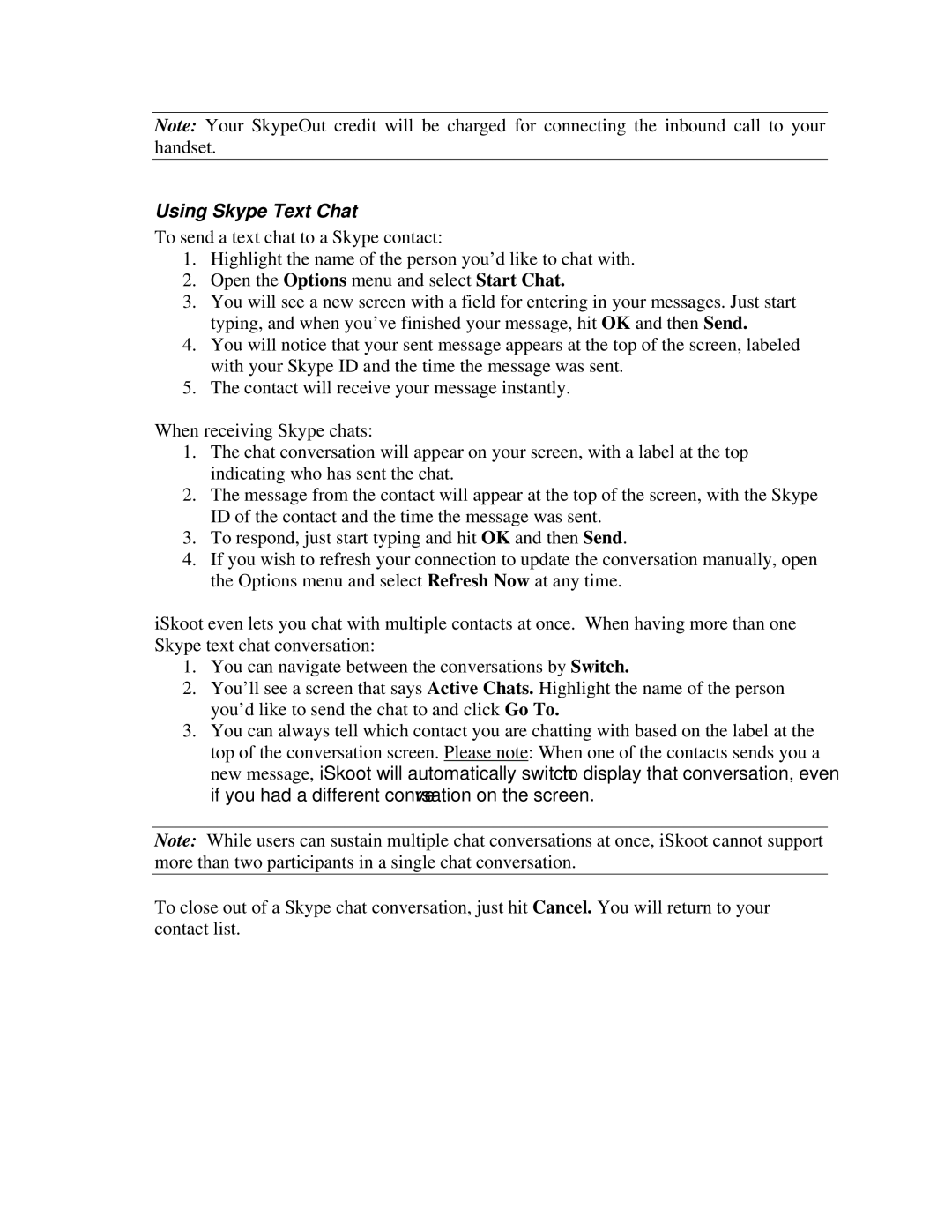J2ME specifications
Motorola J2ME, or Java 2 Platform, Micro Edition, is a technology platform designed to enable Java applications to run on mobile devices. As a significant pivot in mobile software development, J2ME emerged in the early 2000s, enhancing the capabilities of mobile phones by allowing them to run sophisticated applications. Motorola, being one of the early adopters, played a crucial role in popularizing J2ME across its device lineup.One of the standout features of J2ME is its portability. J2ME applications, commonly packaged as MIDlets, can run on any device that supports the Java ME framework, making them universally compatible across a wide spectrum of mobile devices. This portability allows developers to create applications once and deploy them across multiple devices without extensive modifications.
Another key technology characteristic of J2ME is its modular architecture, which includes configurations and profiles. The configuration layer defines the underlying hardware and operating environment. For example, the Connected Limited Device Configuration (CLDC) is designed for resource-constrained devices, while the Mobile Information Device Profile (MIDP) provides the standard APIs and user interface components for mobile applications. This structure enables developers to create applications optimized for various device specifications.
J2ME also introduces a range of APIs that enhance the functionality and user experience of mobile applications. These APIs allow access to networking, user interface elements, and local storage. The game API, for instance, provides a framework for building mobile games, while the multimedia API enables applications to incorporate sound and video, taking advantage of the improved capabilities of mobile handsets.
Additionally, J2ME emphasizes security, an essential aspect of mobile applications. Through a security model that includes permission settings and secure data transmission, J2ME ensures that applications can safely interact with users' data and device resources without compromising security.
Despite the evolution of mobile operating systems and the decline of J2ME in favor of more advanced platforms, its legacy continues to influence mobile application development. The principles of portability, modularity, and security established by J2ME laid the groundwork for future advancements and paved the way for the rich ecosystem of today's mobile applications. Motorola's commitment to J2ME reflects a pivotal moment in mobile technology, highlighting the importance of innovation in connecting and enhancing user experiences.

